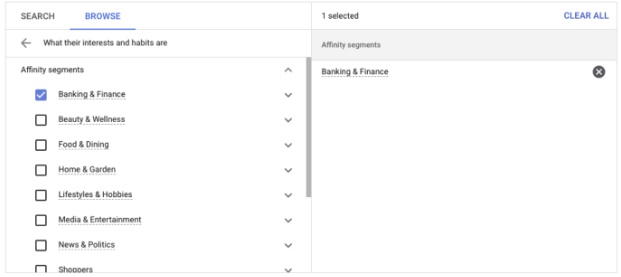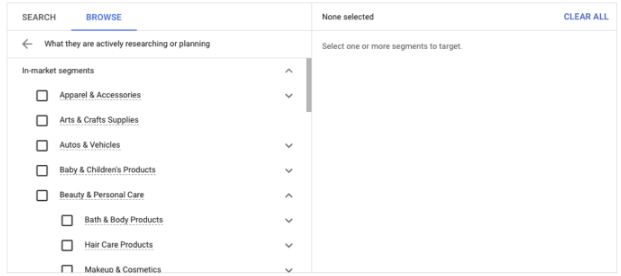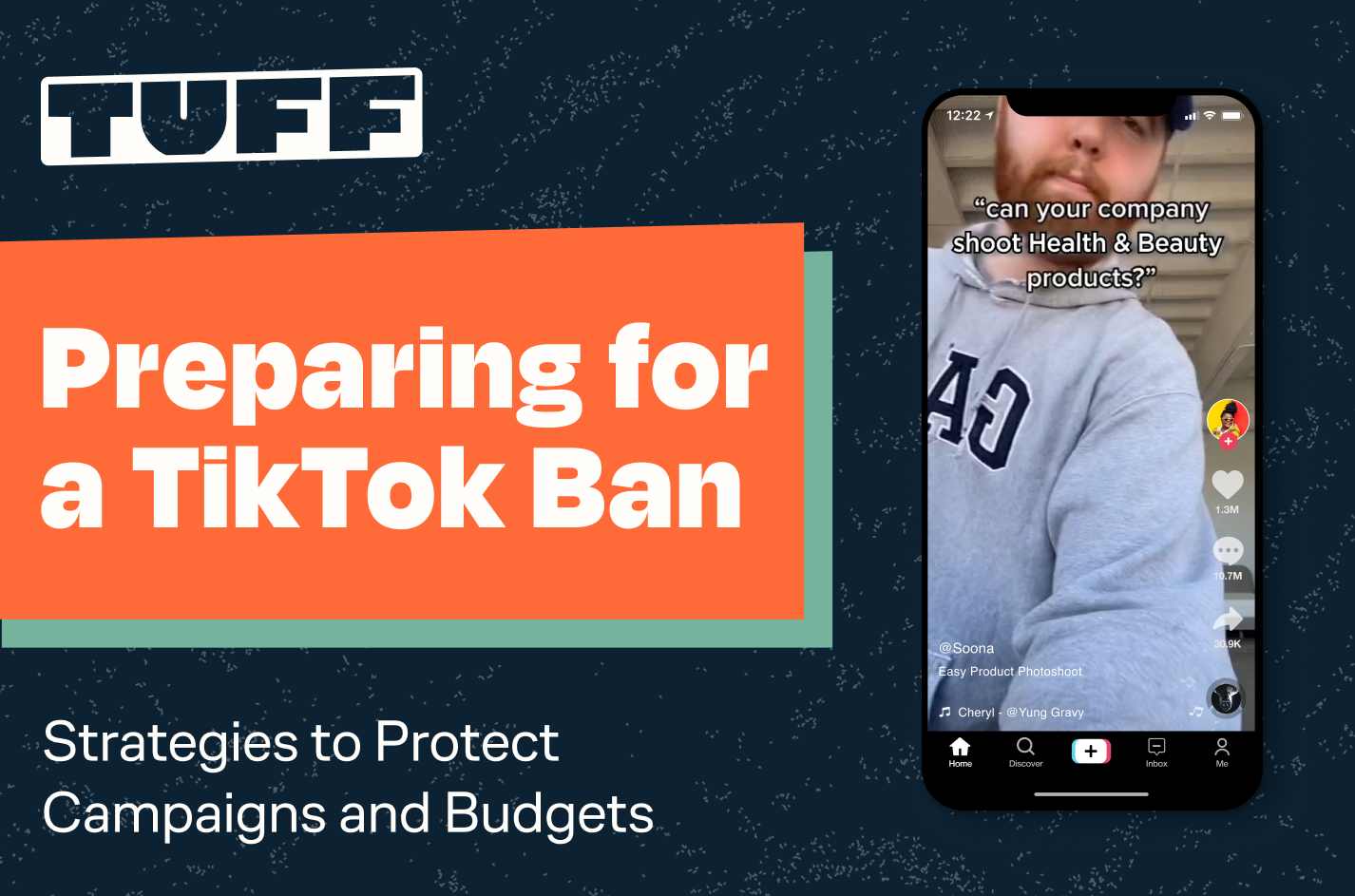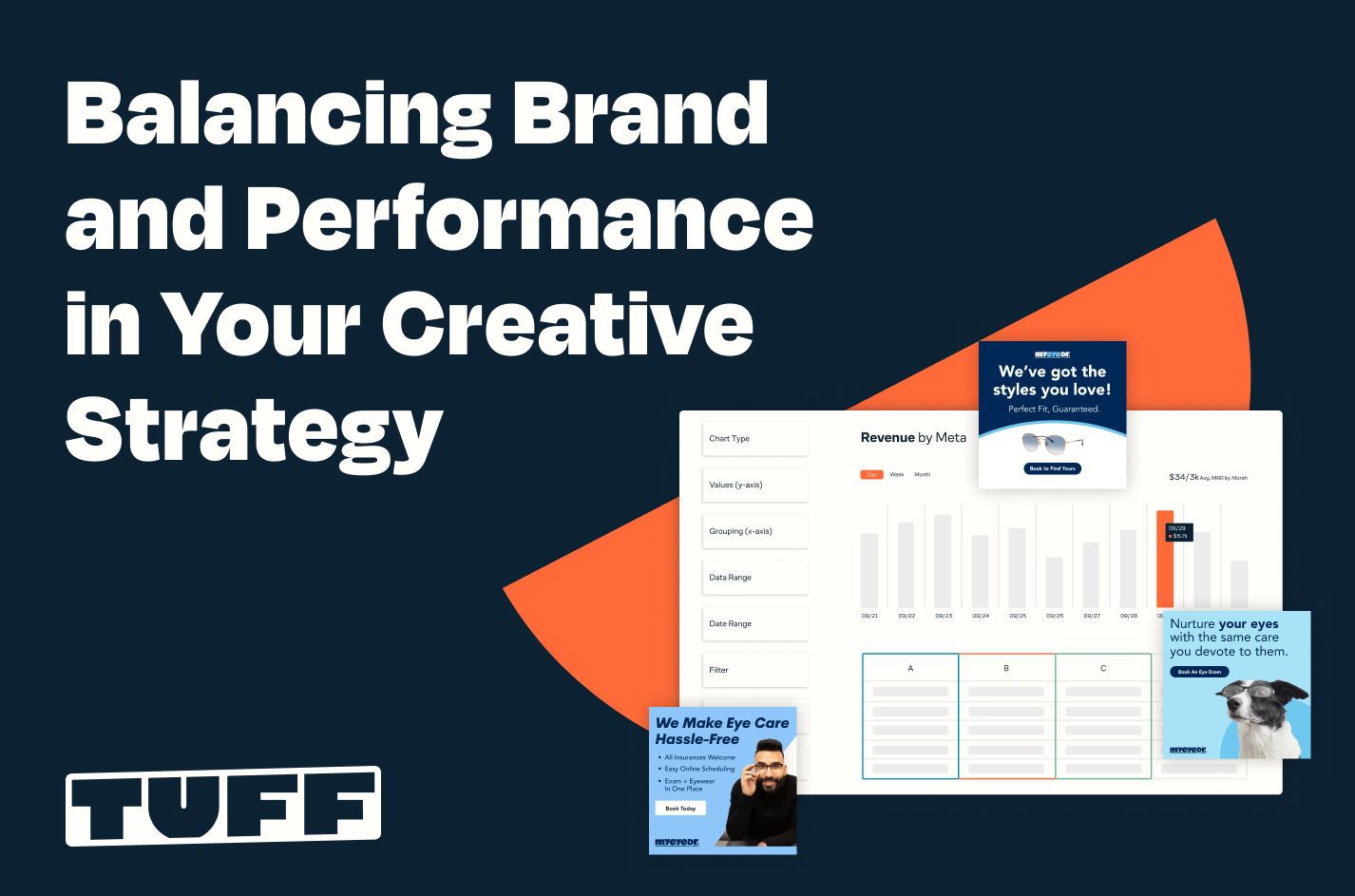How Much Do YouTube Ads Cost? We Spent $500,000 In 2022 To Find Out
Author Note: This post was updated in October 2022 with new stats, information, and resources.
Utilizing video in your marketing efforts is by no means a new concept. Advertisers have been able to take advantage of the benefits of video advertising for years. It is, however, becoming more and more important, by the day, to engage with the ever-expanding marketplace that is available through video content. For brands that need self-serve video advertising opportunities, the main player in this space is, of course, YouTube Ads. YouTube just so happens to also be the 3rd most visited site on the web behind only Google and Facebook, making it an easy and efficient way to get your message out to the world with video ads!
If you’re onboard for using video in your advertising strategy, but not quite sure where to start, that’s okay! Whether you’re a large eCommerce platform, small business, or growth marketing agency, you can capitalize on the unique audience (two billion monthly users by the way), YouTube has to offer. Taking advantage of YouTube’s incredible video ads inventory really only involves two things. First, you need a strong YouTube strategy (we have you covered). Second, you’re going to need to determine your video ads budget. This begs the question though; how much do YouTube Ads Cost?
Your YouTube Ads cost will depend on a few main factors. In short, these factors are: bidding, targeting, ad placement, and ad formats. With these key factors in mind, there are countless different ways to structure YouTube advertising campaigns to reach your marketing goals. This makes it really difficult to pin down an exact cost and makes budgeting for success difficult. You may even read online that an average CPV can be between $0.02 and $0.20. You might also read that you can expect an average CPM to be between $2 and $10. These may seem like relatively small numbers, but the difference between a $2 and $10 CPM is actually massive, especially for larger budgets, and will certainly add up over time, so this makes it hard to know which sources to believe. To get the full picture of what YouTube Ads cost may look like for you, we have to dive a little deeper.
YouTube Ads Bidding Strategies
Deciding on your YouTube Ads bidding strategy is the first step in creating a successful YouTube Ads campaign and the first step to determining your potential YouTube advertising cost. Unlike Google Ads, where you can leverage a more traditional and familiar Cost per Click model to predict your budgets, the three types of bidding strategies on YouTube Ads are Cost per Thousand Impressions (CPM), Cost per View (CPV), and Maximize Conversions. As you can expect, actual costs for your YouTube ads campaign will vary based on which of these three options you choose.
CPV (Cost Per View)
Cost per View bidding allows you to optimize for how much you want to pay for each singular view. A view counts when a user watches 30 seconds of your video, the full video if it’s less than 30 seconds, or interacts with the ad itself. With this bidding strategy, you’ll set a daily budget or campaign budget, then a maximum amount you’re willing to pay per view, and YouTube Ads will work to keep your costs under or even to this bid cap.
You want to make sure this amount is competitive in your industry so your ads will serve successfully, but ultimately, this will be discovered within the first few days of launching your campaign. If your ad isn’t serving but is marked as eligible to serve, chances are you need to raise your CPV bid to become competitive in the auction.
CPM (Cost Per Mille/Thousand Impressions)
In contrast to CPV, the CPM bidding strategy allows you to bid based on the cost per thousand impressions. YouTube Ads will optimize your bids to maximize your unique reach. This strategy makes more sense when you want to increase your brand awareness and visibility and aren’t so concerned about direct click-thru conversions (more on those later).
For this bidding strategy, your total YouTube Ads cost will still be capped to your set daily budget or campaign budget, as well as your target CPM.
Maximize Conversions & Target CPA
If you are not as concerned with brand awareness and are instead looking to leverage YouTube Ads to drive efficient conversions, then the Maximize Conversions bidding strategy is the best strategy for you. First, we should note that this bidding strategy requires setting up conversion tracking first and ensuring that it is firing correctly. Without having relevant and correctly tracked conversion data funneling into your Google Ads account, the campaign utilizing a Maximize Conversions bidding strategy will not know how to optimize correctly.
When going through the campaign setup, you will set a daily budget to allow YouTube Ads to spend in order to maximize the number of conversions you will receive within your set daily budget. CPA can vary with this bidding strategy but you do have the option to set a Target CPA if you have a specific number you’d like to achieve as part of your YouTube Ads strategy. For brand new campaigns, a best practice is to begin without a target CPA, gather the relevant conversion data, and then set a target CPA based on the conversions you’ve been able to receive so far.
Audience Targeting on YouTube Ads
Once you’ve decided on the correct YouTube Ads bidding strategy to achieve your marketing goals, selecting the right audiences will help your video ads campaign move closer to life. Of course, without exposure to the right people, your advertising efforts will almost certainly go to waste.
In addition to the aforementioned bidding strategies, audience targeting is one of the biggest factors determining how much your YouTube advertising costs. YouTube allows you to choose a target audience in 3 main ways; affinity, in-market or life events, and custom audiences, which includes retargeting. Your total YouTube advertising costs will vary depending on which route you choose for your target audience, but it’s beneficial to test multiple audiences at the same time to see what works best for you! Chances are, the first audience you run with may not give you the best results. Continuous testing and optimizations will increase your chances of YouTube Ads success. Now, let’s dive a little deeper into each of the audience segment types available for YouTube ad campaigns.
Target Interests With Affinity Audiences
Affinity audiences are a popular audience segment devoted to users’ interests and habits. You can define exactly who you want to reach. By including relevant customer interests, you can feel certain that your message will reach the people who are interested in what you are offering.
High Intent Targeting With In-Market & Life Events
Another effective way to find the perfect audience for your YouTube video ads is by targeting in-market and life event segments. With this kind of targeting, you can not only find the right people to serve your YouTube video ads to, but you can make sure to find them at the right time. In-market and life events targeting is a powerful tool to be able to target customers while they are actively searching for products or actively experiencing life events that may coincide with your business.
Get Specific With Custom Segments & Retargeting Audiences
Our final, but incredibly effective YouTube Ads audience targeting method, is Custom Segment targeting. Custom Segments allow you to build custom audiences based on a variety of factors, including retargeting to your past website visitors or YouTube video ads watchers, as well as creating an audience based on relevant search terms that users have recently searched into Google Ads.
Whether you’re a startup looking to advertise on YouTube for the first time, or a company that has been in business for 15 years, you can utilize the full potential of retargeting. This method relies on reaching users you have data on already. You can target customers who have been to your site but exclude anybody who has converted. Retargeting tends to bring in lower CPC’s and higher conversion rates since your user base is more familiar with your brand. No successful PPC strategy is complete without retargeting efforts.
In our experience of testing each of these YouTube Ads audience types, Custom Segments and retargeting audiences are generally more expensive than their Affinity & In-Market counterparts, but typically provide awesome results that make the extra YouTube Ads cost worth it, especially when looking to drive conversions and maintain a target CPA.
Choose The Right Ad Placement With Content Targeting
This aspect of your YouTube Ads strategy acts as an extension of your audience targeting. You can layer on multiple dimensions to your audiences to specify the specific content your ad is going to show up on. This can be done using relevant keywords to your business, topics that your product may be a part of, or even placements on specific videos or channels within YouTube. Adding additional placement layers like those we’re about to discuss will help hone in your audience to efficiently spend your budget by reaching those most likely to resonate with your YouTube Ads and keep your goals top of mind.
Keywords
If you are running Google Search ads, this is a perfect time to incorporate some of your most successful keywords into your campaign.
Topics
Utilizing topics as a placement is similar to Affinity audiences, but instead of targeting users no matter what content they’re watching, Topics will add the extra layer of targeting your audience only when they are watching content related to the topic you’ve chosen. Topics allow your YouTube ads to serve the right people at the right time with interest based topics.
Placements
The last form of content targeting for a YouTube Ads campaign is Placements. Although similar to Topics in the sense that you can layer in Placements to only show your ads on related content, if you want to go one step further and have your YouTube ads appear only on selected specific channels or even videos, you can add those dimensions here. Be careful to keep the volume in mind so your campaign has enough users to attract. Oftentimes a YouTube Ads campaign heavy in Placements targeting won’t reach it’s full daily budget due to the volume throttling that naturally comes with selecting specific Placements.
Ad Formats
Last but certainly not least is your YouTube ad formats. Different ad formats will require different creatives along with different budgets. The more engaging your creative is, the more of a positive effect it will have on your overall YouTube Ads cost.
The most popular ad formats offered by YouTube include:
Skippable In-Stream Ads
Skippable video ads are one of the most popular and familiar YouTube Ad formats. Skippable video ads can be shown at the beginning, middle, or end of a video. A viewer can skip these YouTube Ads after 5 seconds, so be sure to incorporate an engaging intro to hook the viewer early and tap into your ad’s full potential.
Non-Skippable In-Stream Ads
Similar to skippable video ads, the non-skippable ads format can show YouTube video ads in the beginning, middle, or end of a video, but the key difference is that the non-skippable ads cannot be skipped. This ad format can be cost-effective since you will only be charged if a user watches the YouTube video ad for at least 30 seconds.
Bumper Ads
One of the most efficient ways to advertise on YouTube is by using Bumper Ads. This ad format is 6 seconds or shorter and will be placed before, in the middle, or at the end of a video. You can keep your creative costs low by utilizing this short format.
Video Discovery Ads
With Video Discovery Ads, your video ad will show up next to related videos, as a result from a YouTube search, or on YouTube’s mobile homepage. Your cost will look different with this format since you will be charged when a user clicks on your thumbnail as opposed to a cost per view or cost per impression metric.
It’s important to remember that there is no magic number for how much YouTube Ads cost. It’s an ongoing process that benefits from constantly testing to find what works best for your business. There are many core aspects that make up a successful YouTube Ads campaign, but continuous testing of the various bidding, audience, placement, and ad format types will get you closer to your goal.
There is no one size fits all approach, but if you utilize all of the optimizations at your disposal, you can find sustainable long-term success with YouTube advertising.

Chris is a PPC Strategist based in Nashville, Tennessee. When he’s not scaling Google Ads & YouTube campaigns, he enjoys longboarding, tinkering with automation tools, and a little bit of gaming.








